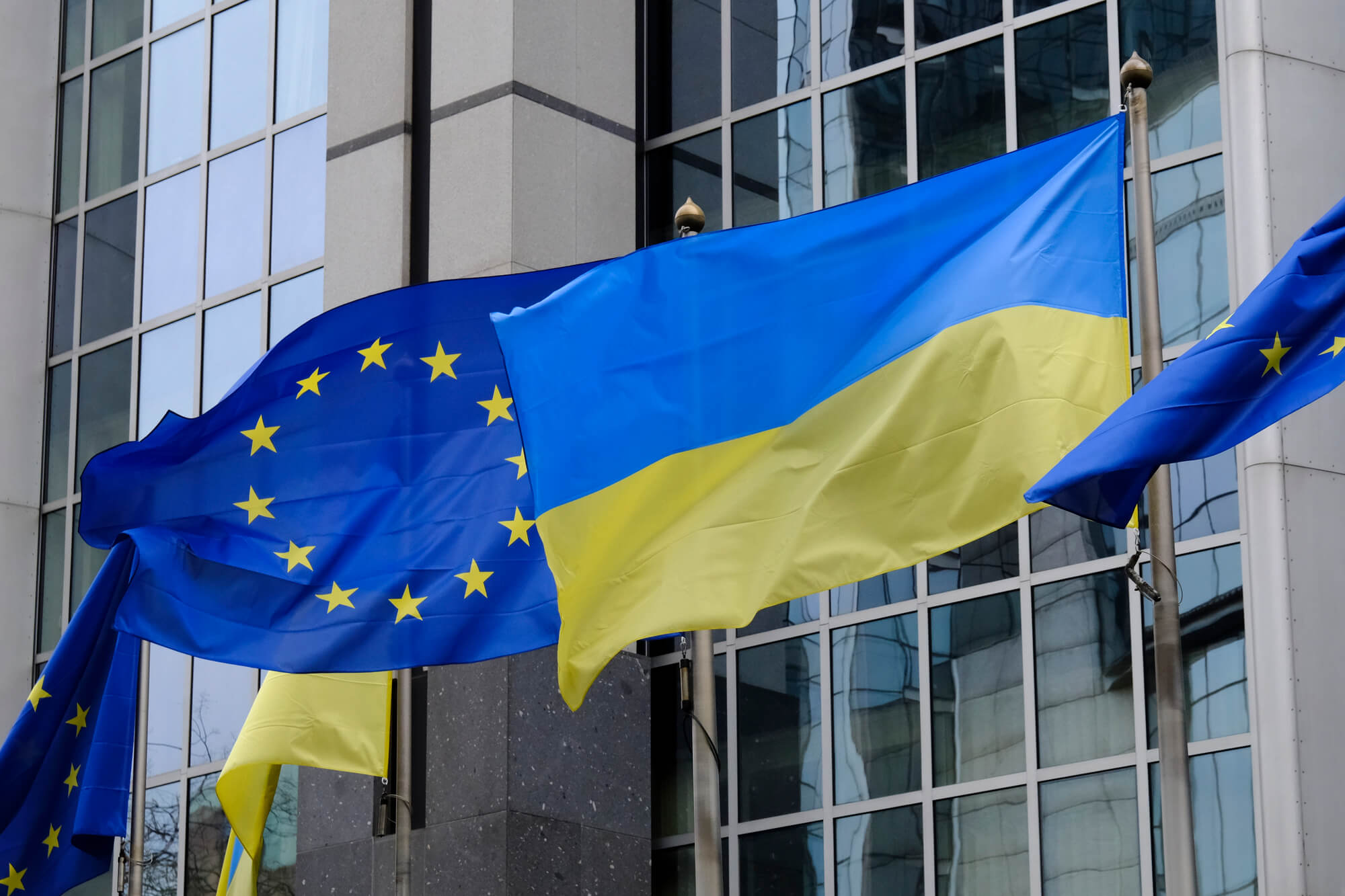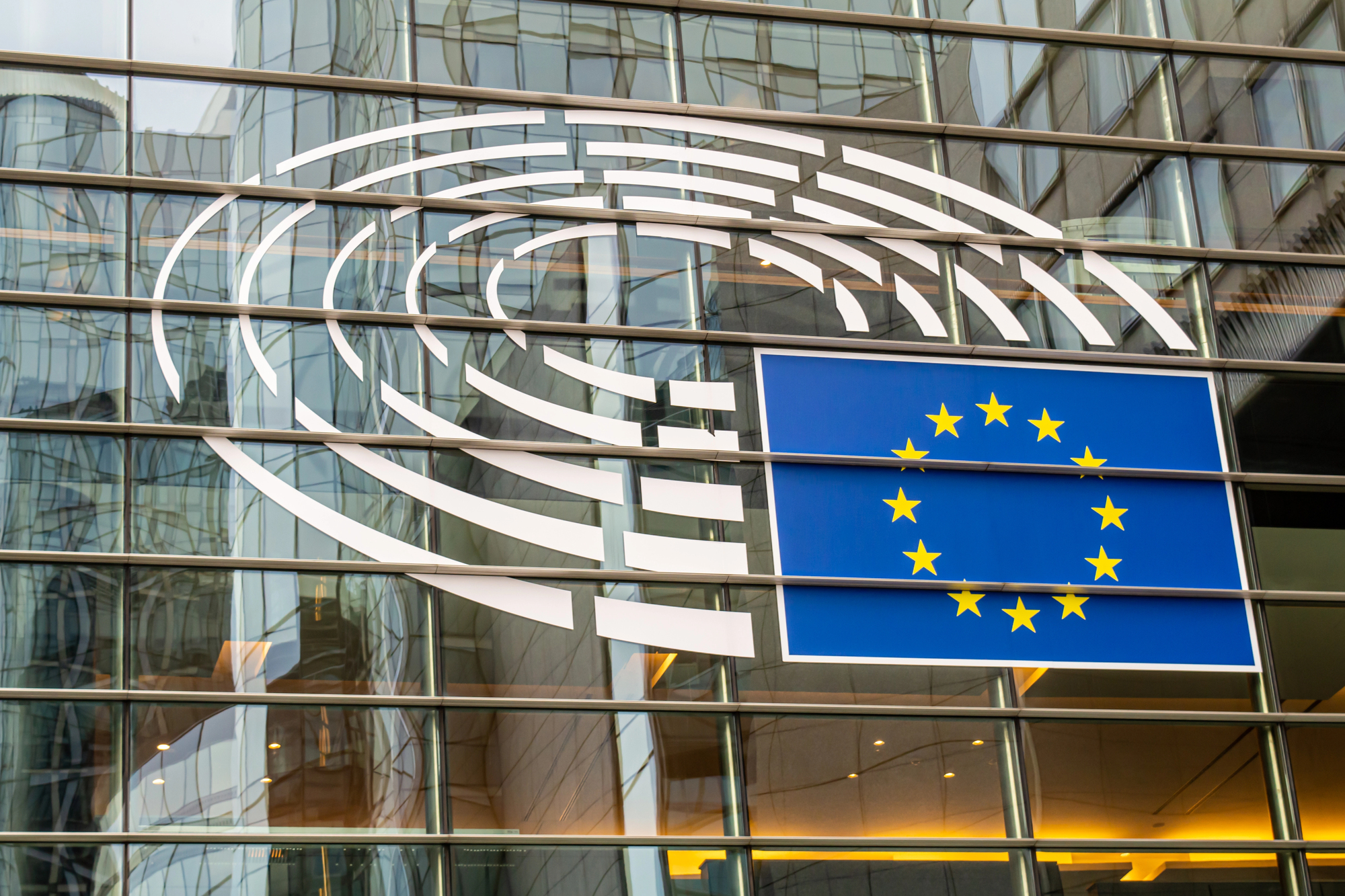Railway reform offers the opportunity to integrate further with Europe. But the default model of European reform has serious weaknesses. Unique infrastructure solutions along with a commitment to invest in the existing operator have the potential to usher in a Ukrainian railway renaissance.
Reform of any industry can be difficult. It can be especially difficult when the industry in question employs thousands of citizens and serves millions of people. Even if the railway wasn’t a powerful lobby, the sheer number of its customers means any change would have far-reaching effects. While a technocrat may present a mountain of data justifying her position, her vote counts the same as that of a rural grandmother who uses the train to go to market—if she cannot be convinced, the project will fail.
It goes without saying that the Ukrainian railway system is in dire need of far-reaching reform. Though I have previously argued for more radical changes, shock therapy is a poor solution, and a broad political consensus is needed. In order to minimize potential political obstacles and at the same time further integrate the Ukrainian and EU economies, the “European” method of reform appears to be the best solution.
Generally speaking, the “European” method of reform involves breaking up the existing vertically integrated railway monopoly into vertically separate companies. In particular, a single state-owned company that has a monopoly on infrastructure and train operation is split into a company that continues to enjoy a monopoly on infrastructure, and at least one train operating company (TOC) that must compete with other private TOCs. Across Europe, both the infrastructure company and the TOC tend to share a state-owned corporate parent.
This method is fraught with difficulties. Even as reform has progressed elsewhere in Europe, incumbent operators have sought to hamper competition to protect their existing interests. New operators have difficulty getting started, as the state has most of the equipment, industry expertise, and customer contacts required to succeed.
Most importantly, the European system builds in a conflict of interest from the start: while all TOCs use the same tracks, one of them shares a corporate parent with the company that owns the tracks. This often results in anti-competitive behavior, as the infrastructure subsidiary can use its monopoly to make investment and price decisions that support the subsidiaries that operate the trains and maximize returns and market dominance for the parent company. The result is a competitive distortion.
How should Ukraine address these shortcomings? Many of the existing reforms are important steps. The elimination of cross-subsidies is a positive development, though as others have noted, failing to find other operational subsidies for passenger traffic will hurt political support for reform. Eliminating UZ’s monopoly on traction is another significant improvement. But there are still two major issues to address: infrastructure and investments to position UZ for growth. The former is key to the economic success of the reforms; the latter is needed to ensure a smooth transition and a strong future for UZ.
Avoiding the conflict of interest that comes with shared control of infrastructure and operating companies is a mistake Ukraine can avoid. Europe has given enough evidence that this usually ends badly, and the last thing policymakers will want is to trade one inefficient system for another. However, there is an approach to infrastructure ownership that has not been discussed: a public-private partnership (P3).
While far from the default mode of infrastructure development, P3s have been successfully implemented in a number of European countries including Belgium, Sweden, Portugal, and the United Kingdom. France, which took 20 years to build its first four high-speed rail lines, was able to construct four more in only seven years thanks to P3 arrangements. Given that Ukraine’s needs are more than just a high-speed line or two, it makes sense to use a P3 to meet the massive investment need quickly. One such approach would involve a variation on the Australian system. There, the publicly-owned Australian Rail Track Corporation (ARTC) controls a majority of the country’s standard-gauge lines and charges operators access fees. Though government owned, it functions as an independent corporation, and any investments the government makes increases its equity in the corporation. While ARTC has been financially successful and supported the resurgence of rail in Australia, it has at times suffered from funding issues–something that a P3 could solve.
Applying this system in the context of a P3 could look something like this: an infrastructure corporation, formed by TOCs plus the government. Each TOC would have the option to invest in infrastructure projects by buying equity in the infrastructure company. As is the case with ARTC, government investments would also increase the government equity. The company would set infrastructure access rates to cover investment costs, make investment decisions, and financing would be secured by the infrastructure assets. Much like ARTC, it will have the ability to pay out dividends, which should increase the attractiveness of investing for TOCs.
To mitigate the risk of oligopolistic behavior by both the infrastructure company and the TOCs, an independent transport regulator is needed to ensure a consistent, fair, and transparent regulatory environment. Similarly, the government must maintain a majority equity position in the infrastructure company and manage it separately from UZ. Barriers to entry should be kept sufficiently low as new operators are still free to use the network at the prevailing rates, and can appeal to the independent regulator in case the infrastructure company abuses its power.
This structure has a significant advantage in that it incentivizes operators to invest in infrastructure by offering them the ability to take part in decisions about infrastructure access charges and capital investments. It will also avoid the conflict of interest mentioned earlier by preventing any operator from also dominating infrastructure. Keeping the government involved helps to ensure the investments continue to meet impartial policy goals, while the existence of an independent regulator will help avoid abuses of market power directed against new entrants and shippers.
Financially, the P3 structure will support a higher level of investment. As a semi-government entity, it can be exempted from certain taxes that are “sucking significant funds” out of the company. It will also be easier to obtain financing: investors can point to the participation of private companies, while still enjoying the support of the Ukrainian state. As the majority shareholder, the government may back certain debt issues, make them tax free, or both. And the ownership or lease of the assets will provide security for the debt and revenues to service it. To be clear, this structure still recognizes the need for direct subsidies—it just makes these subsidies impartial while inviting private sector participation.
A fair objection may be made at this point: a P3 could put rail at a modal disadvantage as it would bear its own infrastructure costs. This is virtually the case already, as the Ukrainian government does not subsidize rail infrastructure directly [1]. Whether the government subsidizes rail through the existing monopoly or a P3 corporation, it still has to make a decision about the relative level of subsidy vs. other modes of transport. Both direct and indirect subsidies, such as the financing and tax considerations above, play into this decision.
By creating an open-access infrastructure P3 corporation with representation from the government and rail operators, Ukraine can align the incentives of the public and private sectors while at the same time improving the investment environment. But regardless of the economics of any proposed reform, the question still remains of how to position UZ for the post-liberalization world. The answer is straightforward: invest in UZ as a national champion.
The first step, paradoxically, is divestment. UZ possesses non-core assets—most importantly real estate—that can be spun off for cash. UZ—and later the infrastructure company–may also sell off certain rail lines to the industries and municipalities that use them while eliminating those with no economic or social justification. This is one aspect of the American model that has been successfully replicated in Europe [2], and can be replicated in Ukraine. Nevertheless, if the political pain of certain abandonments risks political support for the reforms, UZ can still serve as an operator of last resort.
At the same time, the state must make direct investments in UZ to prepare it for the European future. This includes investments in locomotives, such as the contract signed with GE, though it will also include wagons and the provision of services. To make the most of these investments, UZ must simultaneously achieve operational efficiencies through the elimination of overhead and the implementation of the proven aspects of operational strategies such as “precision-scheduled railroading”. The goal of this program should be to enable UZ to compete at the same standard as European peers such as the Deutsche Bahn and PKP.
Once UZ has shed excess assets, received new state investment, and achieved a high level of operational efficiency, the next step is to leverage its existing advantage in the freight transportation market. Ukraine has one of Europe’s most robust freight rail networks, with over 53% of all freight tonne-kilometers moving by rail in 2019. It also enjoys certain technical advantages over Europe, including wagon couplings which allow for higher tonnage and longer trains.
This advantage will play out through UZ’s geography, which offers a wealth of natural resources well-suited to rail transport, as well as a strategic location. Ukraine serves an important alternative in transit freight [3], and has good connections to other post-soviet states. It is worth noting that the rail gauge in many of these countries is different than those in Central/Western Europe (1520mm vs. 1435mm), resulting in technical and operational challenges that most other European operators have little experience in tackling. The sooner UZ has experience competing in a European-style rail market, the better its position will be when EU rulings or economic realities force countries such as Moldova, Belarus, and the Baltics to open their rail markets. UZ has the scale, the expertise, and—hopefully soon—the European standards to be the preferred service provider for Europe’s 1520 mm gauge network.
And it isn’t just former Soviet countries that offer expansion opportunity to UZ—central Europe has potential as well. Both of the existing significant broad-gauge lines in central Europe as well as the planned line to Vienna connect with the Ukrainian network. These countries are also liberalizing their rail markets, and UZ has natural efficiencies in operating trains on these lines. If the economics warrant it, UZ could even consider operating 1435 mm gauge services in these countries.
The overall goal of this investment and expansion plan is to promote UZ as a national champion with international ambitions and thus incentivize it to support difficult domestic reforms. These investments will carry the risk of corruption endemic to any massive state-owned company, but they are necessary in order to win political support and prevent a meltdown. A market liberalization that does not include incentives for UZ risks political obstruction and logistical disruption as UZ will be forced to undergo significant operational changes while continuing to struggle with underinvestment and inefficiency.
None of these reforms will be easy, or guaranteed to succeed. Neither are they the only possible solution. But they do illuminate possibilities, and certain aspects discussed here–P3s and investment in UZ–can be implemented regardless of the ultimate shape of railway reform. Bold policy may well lead to a renaissance that will be beneficial to all Ukrainians, and that may serve as a model for countries that may one day follow Ukraine’s lead. Whether or not that will happen remains to be seen, but route forward appears promising.
[1] Pittman and Nekrasenko, Grain, Export, and Logistics in Ukraine, pg. 6
[2] Antwort der Bundesregierung auf die Kleine Anfrage der Abgeordneten Martin Burkert, Sören Bartol, Uwe Beckmeyer, weiterer Abgeordneter und der Fraktion der SPD – Drucksache 17/8198 – Situation der nichtbundeseigenen Eisenbahninfrastrukturunternehmen in Deutschland
[3] A Look at Transit Transport in Ukraine, Draft Final Report
Attention
The author doesn`t work for, consult to, own shares in or receive funding from any company or organization that would benefit from this article, and have no relevant affiliations



